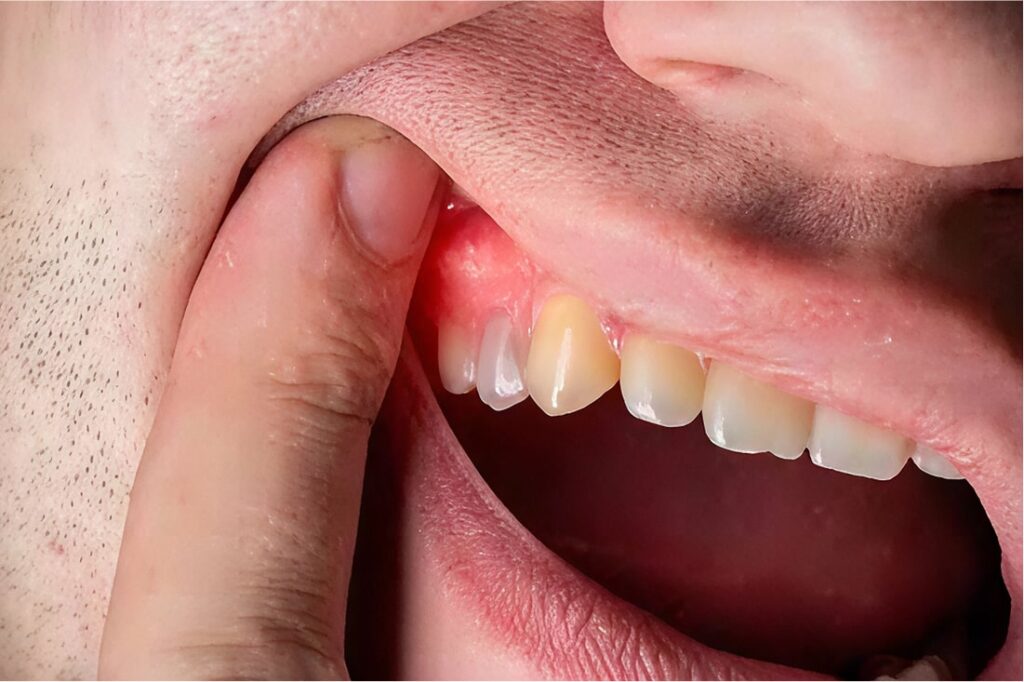Dental veneers are an aesthetic treatment aimed at improving the shape, position, and color of the teeth. They are thin shells placed on the front surface of the tooth, allowing the correction of discoloration, minor fractures, wear, or imperfections in shape.
Today, veneers are one of the most requested procedures, as more and more people seek a harmonious and natural smile.
What materials are they made of?
There are mainly two types of veneers: composite and ceramic.
- Composite veneers: These are made directly at the dental clinic by applying the material to the tooth in a single session. They are then sculpted, polished, and adjusted to achieve the desired shape and shine. A slight tooth preparation is required to avoid a bulky appearance.
- Ceramic veneers: These are fabricated in a dental laboratory and later bonded to the tooth. They also require minimal enamel preparation to improve adhesion and achieve the proper thickness.
Advantages and disadvantages
Ceramic veneers are the most commonly used due to their high aesthetic quality, strength, and durability. They are resistant to staining and maintain stability over time. However, in some cases, they may require more extensive preparation of the tooth compared to composite veneers.
Composite veneers are faster and more affordable, but they tend to stain and wear more easily.
When we talk about tooth preparation, we refer to a minimal reduction of enamel thickness to compensate for the veneer’s thickness and achieve a natural finish.
What are micro-veneers?
Micro-veneers are ultra-thin ceramic veneers, with an approximate thickness of 0.3 mm. They are placed on the front surface of the tooth without the need for drilling, making them a highly conservative treatment.
Advantages:
- Preserve the natural tooth structure, as no reduction is required.
- Improve the shape and color of teeth in a natural way.
Disadvantages:
- If the tooth is very dark, the micro-veneer may not completely mask the original color.
- They are not recommended for crowded or misaligned teeth, as they do not correct alignment.
- Their thinner structure increases the risk of fractures, depending on the patient’s bite.
Currently, there are various brands of micro-veneers. The most well-known are Lumineers, pioneers of this treatment, although today several alternatives exist in the market.
Both veneers and micro-veneers provide effective aesthetic solutions to enhance a smile. The choice depends on the patient’s needs, dental condition, and the dentist’s professional recommendation.







